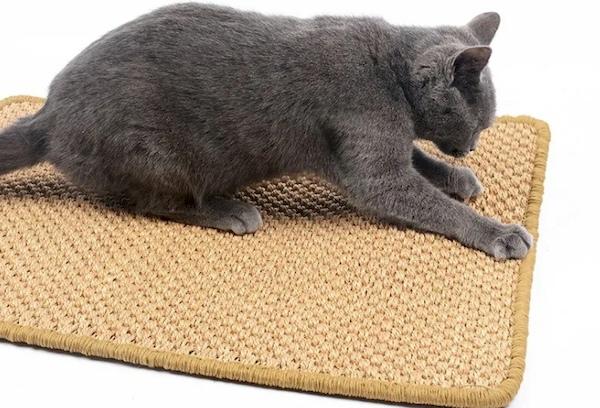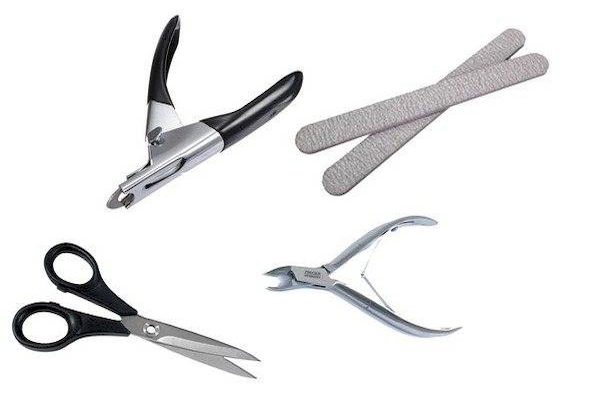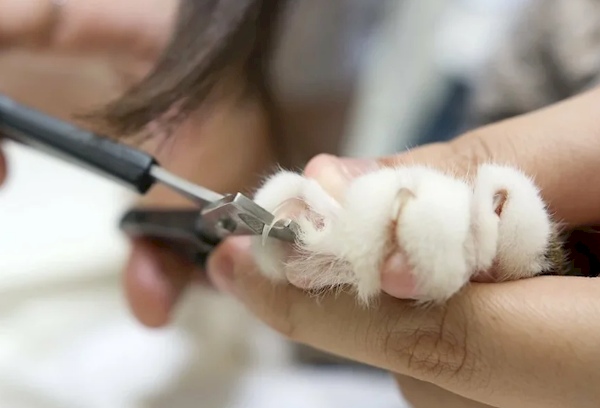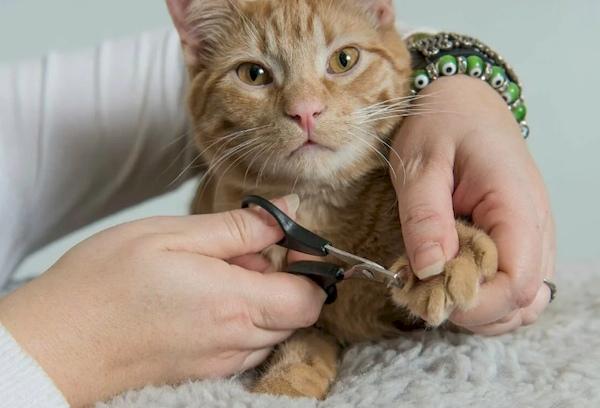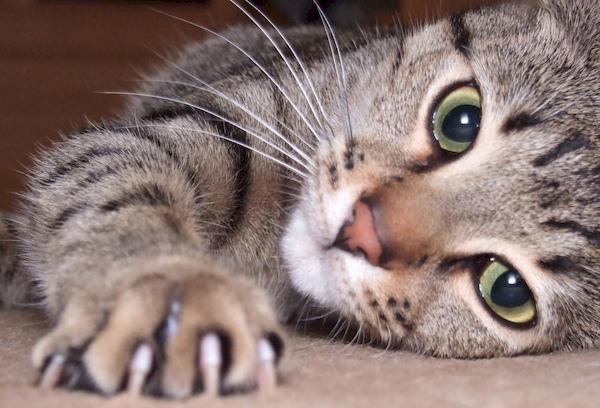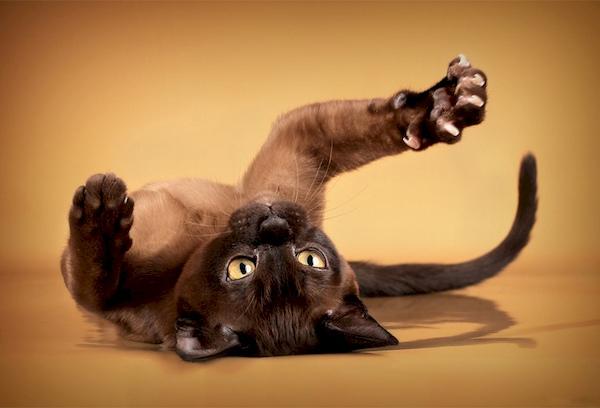How to trim a cat's claws if she breaks out and bites
Content:
It is necessary to trim your cat's claws promptly, correctly, and regularly. But not all pets are happy with this procedure. Therefore, it is important to choose a tool, prepare in advance, and learn tricks that will turn a real torment for the owner into a standard process.
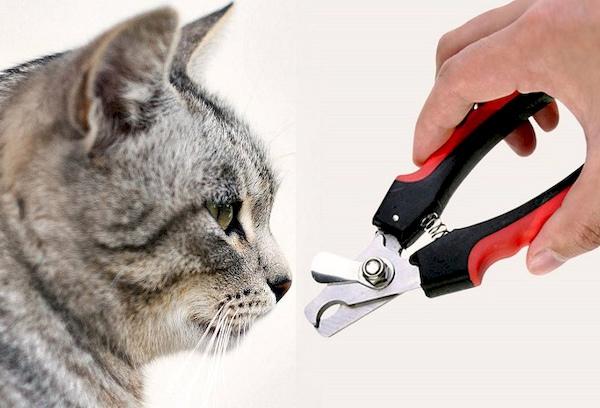
Why trim your cat's claws?
Trimming nails is a standard hygiene procedure for a pet. But if the cat breaks out, scratches, bites, and expresses dissatisfaction, then this is more difficult to do.
Why shorten your claws:
- In the wild, felines grind down their tools so that the top layer is renewed. Domestic cats do not have this option.
- If a cat constantly fights and plays with its owner, leaving serious wounds, then timely pruning helps to minimize the damage.
- If the animal regularly participates in exhibitions, then the final score will decrease due to long, sloppy claws.
- Some pets have a tendency to ingrown or delaminate plates; it is necessary to regularly check the condition of the claws.
If the animal has access to the street, the cat regularly climbs trees, and has the ability to grind off formidable weapons on tree bark, asphalt, stones, wood, then it is not necessary to cut them. Trimming can also be done if the animal shows an active interest in furniture, wallpaper, and is not accustomed to the scratching post.
Important! The procedure is carried out only with a nail clipper; ordinary scissors are prohibited. The latter provoke growth and delamination of the plate.
Claws help cats hunt, climb on surfaces, and protect themselves. For them, this is a part of the body, and therefore using the soft paws procedure is inhumane. It’s better to just do regular manicures. If your pet has pathologies, the plates themselves are deformed, or grow into the paw pads, then the process must be carried out under the supervision of a veterinarian.
Haircutting tools
Now you can trim your nails at home; all you need to do is purchase a special tool. A properly selected nail clipper will allow you to quickly get rid of the sharp tip, while preventing the plate from delaminating.
| Types of nail clippers | |
| Electrical | A professional tool that is often used in veterinary clinics and specialized salons. You shouldn't use this on your own. |
| Nail clipper-scissors | It looks like a regular manicure tool, but there are special grooves in the blade. Allows you to cut the top without slipping. |
| Guillotine trimmer | Looks like pliers with a ring instead of blades. With proper sharpening, it quickly removes even a thick claw. |
| Nail clipper | There is both a locking system and a special limiter. Suitable for beginners who are afraid to cut off too much. |
There is no need to have one representative of each instrument. It is enough to choose the best option that will allow you to quickly get rid of the pointed tip without damaging the soft inner layer. The choice also depends on the structure of your pet’s claws. For thick, dense claws, a guillotine is suitable, for thin ones - any tool.
Conventionally, you can trim the claws with simple nippers. But the tool must be sharpened, as the risk of plate delamination increases. It is permissible to use hard files and sanding blocks. But in this case you will have to tinker for a long time.
How often to trim a cat's claws
The cat needs regular haircuts. The procedure is repeated every month, once every 2 months. For young pets, repeating is required every 2-3 weeks. Light-colored claws grow faster; animals that prefer active play in their natural environment are less likely to require hygiene procedures.
Important! If a cat participates in competitions or exhibitions, then a manicure will be required every time before the exhibition.
They are taught to trim their claws from childhood. Cats have a capricious character and do not like to be restricted in their movements. Therefore, from an early age it is worth teaching that you need to lie down and endure. The main thing is not to hurt the animal, otherwise the procedure will be perceived negatively every time. Kittens can only have their claws cut after they reach 2 months of age.
What's the best way to trim a cat's claws?
If you initially prepare your pet incorrectly for the first procedure, then later it will bite and break out.Adult cats, who have become accustomed to the process since childhood, no longer react violently to it.
How to carry out the process correctly without stress for the animal:
- the cat is picked up and stroked affectionately;
- sit on a chair, place your back on your legs;
- pet the pet, massage its paws, switch its attention;
- press on the pads, cut off part of the claw.
If the cat reacted positively to the procedure, then it is praised. But if she breaks out, then you should not rape the animal. Each time, if you approach the process correctly, the animal will allow you to trim 1-2 more claws. Using a haircut, you can remove the hair between the pads so that it does not interfere.
Important! It is acceptable to wrap your cat in a terry towel, but this method will cause a negative reaction in her.
At the initial stages, you can cut only the front legs, just to get used to the procedure. The hind legs are trimmed after the animal has gotten used to it. The main thing is to look carefully at the nail plate. Only the stratum corneum is cut off, leaving space to the pulp.
If, as a result of an accident, the soft sensitive layer is touched, then it is necessary to treat the wound with an antiseptic. If the bleeding cannot be stopped, then visit the veterinarian. For beginners, it is better to choose nail clippers with limiters, especially if the animal has dark pigmentation of its claws.
How to train an animal so that it does not resist
The correct method will allow you to tame the cat and accustom it to the procedure. Aggression on the part of the owner is frightening, the procedure is perceived negatively, and then it is difficult to retrain. If the pet initially perceives the process negatively, then it is not worth repeating it often.
Training methods:
- Affection and praise.The animal is picked up, stroked, constantly distracted, the paw pads are massaged, and praised after the haircut. Each animal has an area of increased sensitivity that can be massaged to distract from a negative reaction.
- Immobilization. Wrap the cat in a terry towel or hold it tightly so that it does not escape. This method is suitable only for phlegmatic pets, otherwise the cat may react negatively and then avoid the procedure.
- Gradual training. Through caressing, nail trimming begins. As soon as the cat expresses its dissatisfaction and begins to escape, it is immediately released. But if she gives 1-2 more haircuts, she is praised.
The first and last options are considered the best options. They will allow you to gradually accustom your pet to a hygienic procedure, which should be carried out regularly. We need to show more patience and affection so that the animal is not afraid.
Consequences if the claw is not shortened in time
As the claws grow, they begin to peel off. They thicken and cause discomfort to the animal. Trying to get rid of the pressure, the animal begins to sharpen its claws on the scratching post, furniture, walls, door frames. In advanced cases, inflammation may occur. Too long ones grow into the pads, lameness and pain appear. Too long, unkempt nails reduce activity.
Advice! The older the pet, the more difficult it is for him to care for his claws on his own.
If the claws are not trimmed, then gradually they begin to grow into the pads. You can also get rid of ingrowth on your own. The claw is simply cut off carefully so as not to damage the pads. But if tissue inflammation has already begun, then you should consult a veterinarian.
Contraindications and features
The procedure is not necessary for pets that often have free access to the street. They climb trees, catch mice, and defend themselves from other animals. Without natural weapons, their quality of life decreases. Babies should also not undergo the procedure before 2-3 months. Veterinarians advise leaving pets' paws alone until six months, when the nail plate has fully formed.
When you cannot resort to the procedure at home:
- the animal has diseases, pathologies that cause tissue inflammation;
- it is necessary to prepare for the exhibition, trim off the keratinized epidermis evenly;
- the plate is too dark, the difference between the pulp and the epidermis is not visible;
- the animal reacts too aggressively, each procedure ends in hysterics;
- delamination is observed after using tools and files.
The epidermis, which retains its protective function, is easily cut off. If you turn the animal's paw into the light, you can see the top transparent layer, inside the pulp. It is this that contains nerve fibers and blood vessels; it cannot be cut. Only the last part, which comes after the pulp, is removed. If an animal experiences delamination of the plate even after using sharp specialized instruments, then it is necessary to contact a specialist.
Questions and answers
Can I use standard wire cutters?
It is possible, but only if they are sharply sharpened and the pet’s “tools” are thin and transparent. After the procedure, you must carefully monitor the condition of your pet's plate. If delamination begins, then such a tool is not suitable. Simple wire cutters are intended only for people; the risk of injuring your pet increases.
What to do if your cat reacts aggressively?
It is necessary to accustom oneself gradually. Only when the animal adequately perceives the procedure can you safely cut everything at once. The older the pet, the longer it will take to get used to the procedure.
If you can contact a groomer, is it worth trying to train yourself?
No. A specialist will be able to properly prepare the pet and carry out the procedure. By observing the actions of a professional, you can participate in the process yourself. Not only grooming salons are acceptable, but also veterinary clinics where power tools are used.
If a haircut is stressful for your pet, what should you do?
They get used to it gradually. Brute force and aggression on the part of the owner only aggravates stress and creates a negative reaction. Therefore, they begin to train with 1-2 claws, then cut more and more each time, praising the animal for its exemplary behavior.
Is it even possible to tame an older cat?
Yes, any cat, even an elderly one, can get used to the process. But the older the cat, the longer it will take to train. It's worth being patient and stocking up on treats. To begin with, accustom the animal to be in one position on the table or on the owner’s lap, and only then gradually approach the procedure.
Can scissors be used?
No, it's not worth it. This will cause thickening and delamination of the plate. The pet will experience discomfort and pain. If you do not want to purchase a specialized tool, then you should take the animal to a groomer for the procedure.
It’s easy to trim your pet’s long claws yourself at home. It is enough to choose the right tool, learn to determine where the epidermis is and where the pulp is.They gradually accustom the animal to the procedure, causing positive reactions in it during the process with affection and treats. Positive reinforcement will allow you to gradually achieve a calm reaction even from an overly receptive animal.
